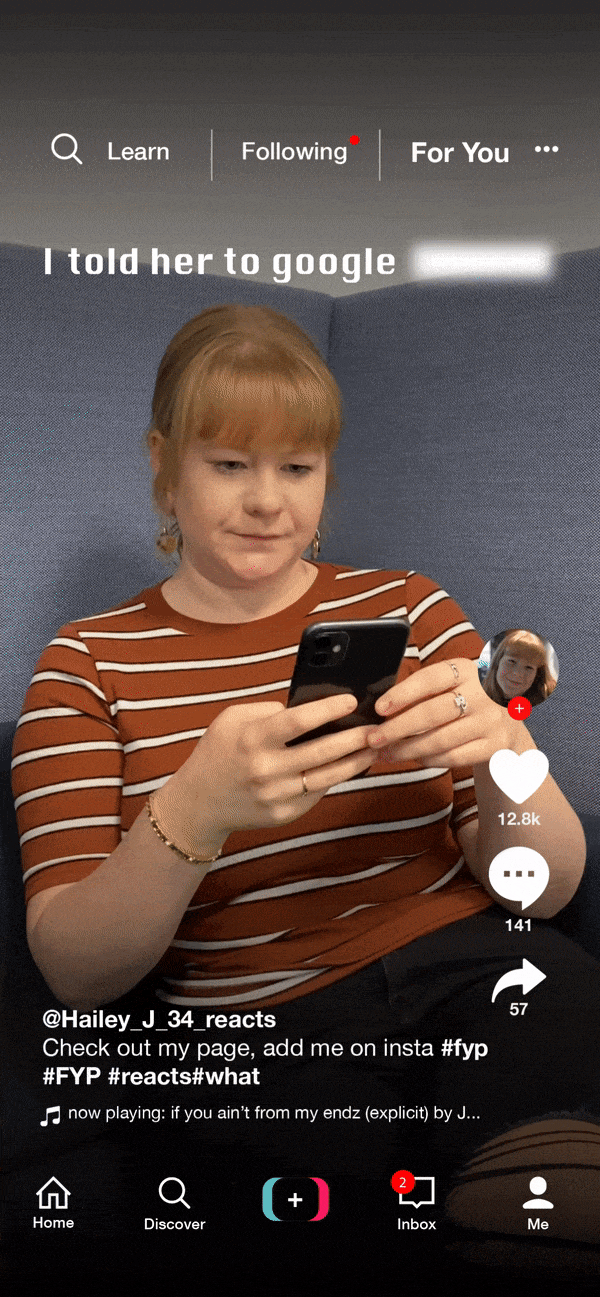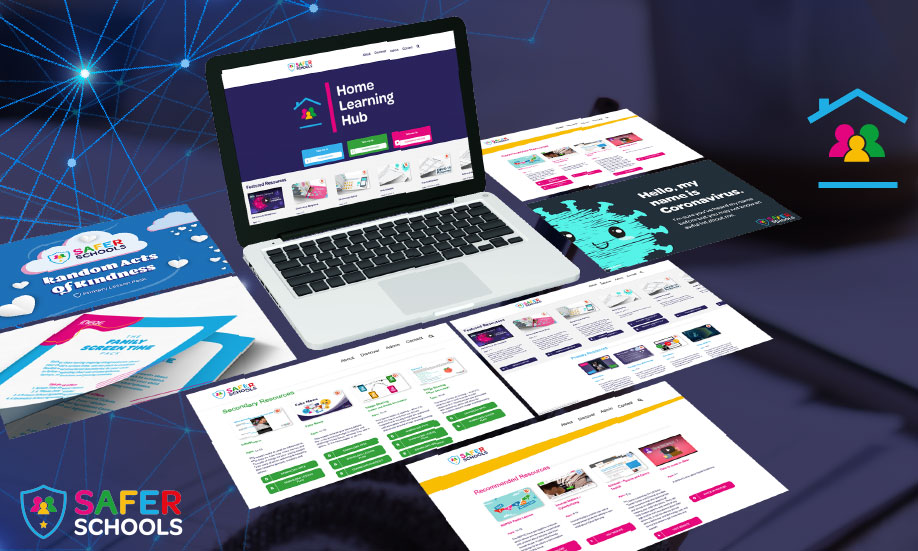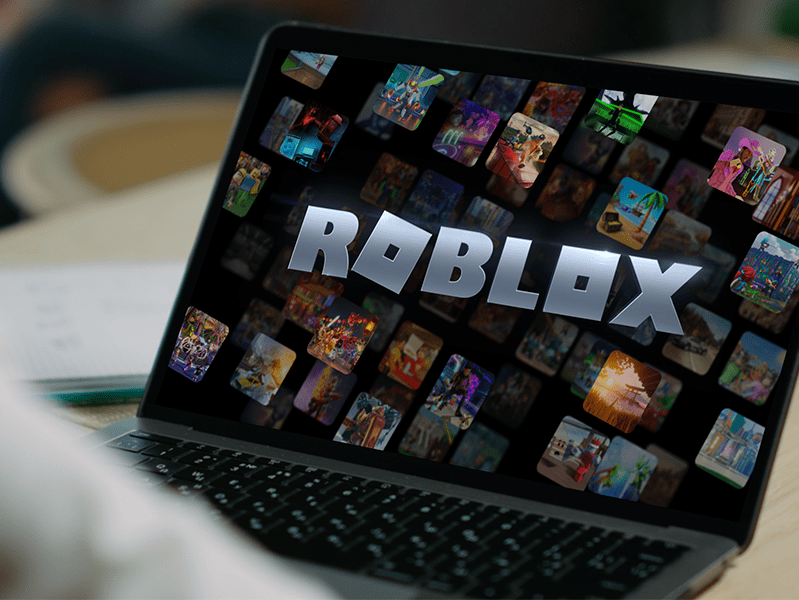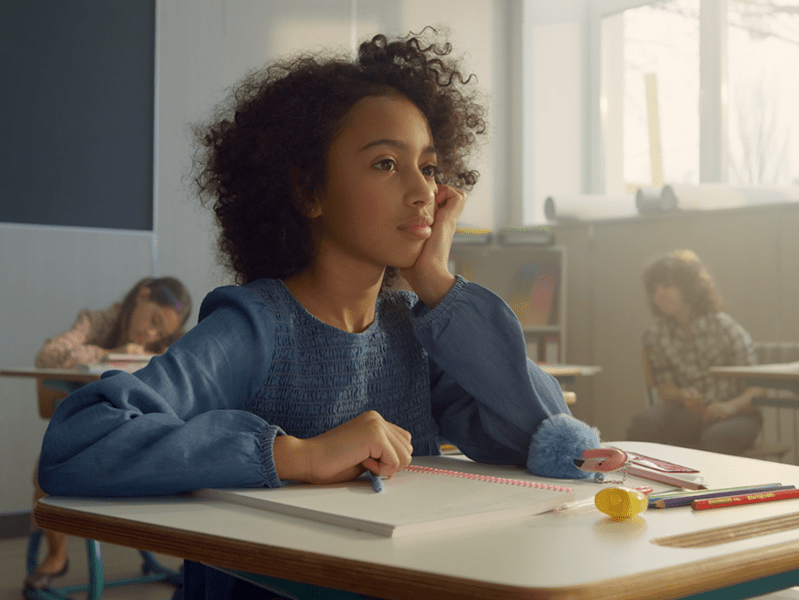WARNING: This content is extremely explicit.
What We Know So Far
This trend involves users on TikTok filming a before and after video of themselves as they search the term “The Art of the Zoo” (or “Art of Zoo”) on Google. Without detailing what the results are, they proceed to react with a mixture of shock, horror, and disgust. This then prompts viewers to participate in the trend as well or, at the very least, enter the term into a search engine themselves.
The search engine results can bring up links, images, and videos that feature pornographic bestiality.
Bestiality, as defined by the law, refers to a person performing an act of intercourse or oral sex with an animal (whether dead or alive). This is classified as extreme pornography and is illegal throughout the UK.
What are the Risks?
It is important to note that the TikTok reaction videos reviewed by our online safety experts are not explicit in themselves. These videos simply show the reaction of the viewer rather than the content they see.
The risk from reaction videos circulated on TikTok or other platforms is that they may prompt viewers to seek out the extreme material that has engendered the “shocked” response of others.
There is no evidence at this time that children are participating in this trend in large numbers. That said, more children may be exposed to risk if the react challenge gains further traction and more children engage in the activity.
What Our Experts Found
While researching, our experts found little to no evidence that this has become a viral trend. Searching the hashtags “Art of Zoo” and “the Art of the Zoo” revealed under 9,000 views combined. However, individual videos may perform at a higher viewing rate and could attract more attention. Multiple videos even showcased users searching the terms on Google and not being able to find anything considered shocking.
When we enabled Google SafeSearch, there were no explicit results found using any of these terms. Most of the search results displayed picture thumbnails of the reaction videos we found on TikTok. However, once our experts turned off Google SafeSearch and added “video” to the end of the search term, multiple graphic videos and images were presented without warning of explicit material.
IMPORTANT TAKE-AWAY: Extreme and explicit sexual content was blocked by Google SafeSearch*.
“The Rabbit Hole”
The danger of this type of trend comes is that it can drive users down a “rabbit hole”. While searching for these terms do not bring immediate results, there are multiple articles found online that explain what the reaction is and why.
This may incite a child or young person to search for the other terms they come across such as “bestiality”. FOMO (fear of missing out) may also prompt them to participate in the trend.
Tell the children in your care that if they come across something scary or disturbing online that they should:
Stop – immediately stop what they’re doing and turn off their screen or shut down their device.
Breath – pause and stay calm.
Think – try not to focus on what they saw in detail.
Talk – find a trusted adult to talk to about what they’ve seen and how they feel.










